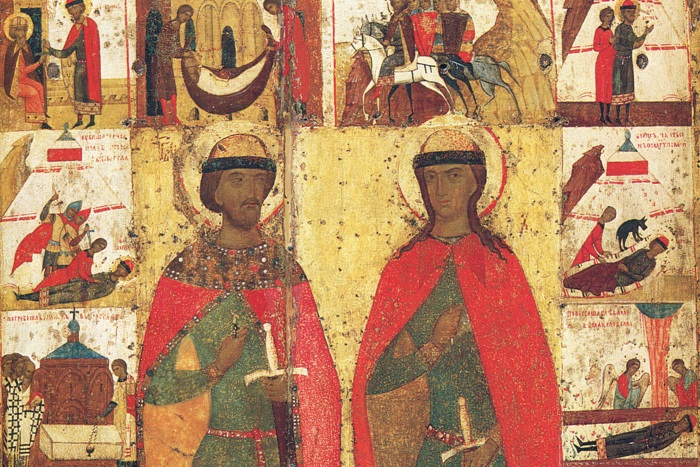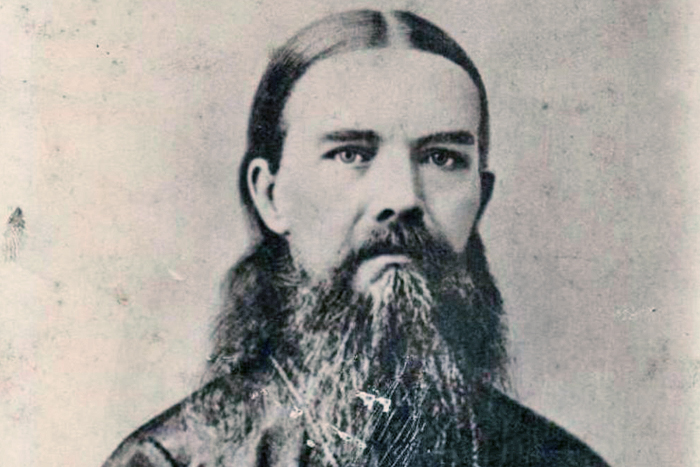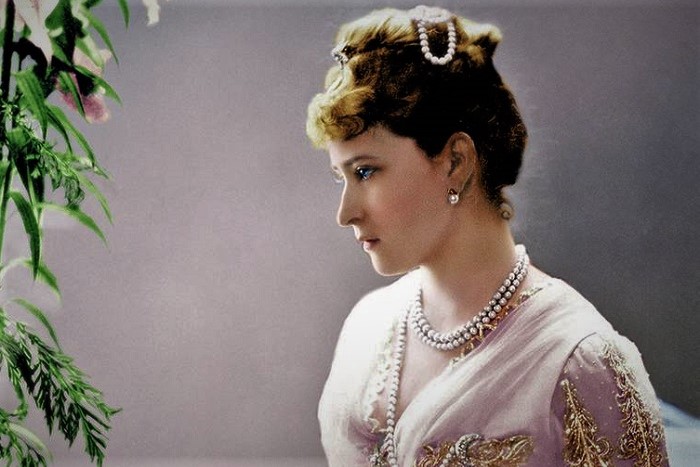
Each of these things is connected with the life of Elizaveta Fedorovna Romanova — the Grand Duchess, a saint, a martyr, who devoted her whole life to serving others.
All of them are kept in the museum devoted to her, that is located in the Martha and Mary Convent of Mercy, founded by her in Moscow. Today the convent continues its ministry of mercy.
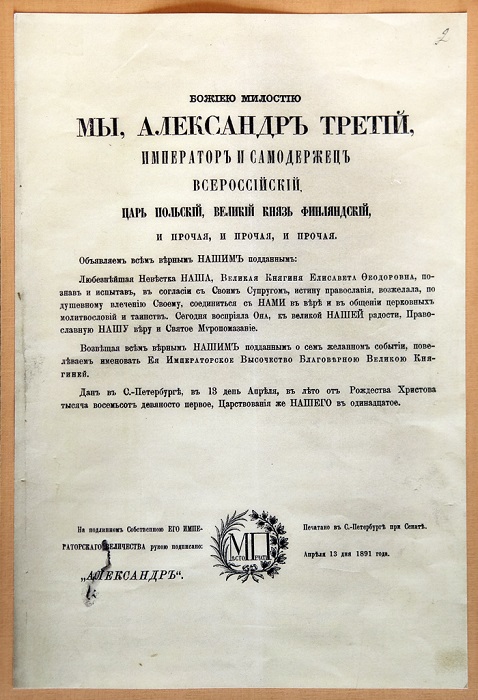
“[…] Grand Duchess Elizaveta Feodorovna, having known and experienced the truth of Orthodoxy together with her spouse, desired to unite with us in our faith and fellowship of church prayers and sacraments. Today she has accepted the Orthodox faith… […] April 13, 1891”
Before her marriage, Elizaveta Fedorovna was a Protestant. The law allowed her to marry a representative of another religion and not to change her own, since the Grand Duke Sergei Alexandrovich was not the emperor. But after a trip to Jerusalem, her views on religion started to change, and in three years she converted to Orthodoxy. The duchess traditionally took the patronymic Fedorovna, just as all foreign wives of Russian emperors and dukes, – in honor of the Feodorovskaya Icon of the Mother of God, considered the patroness of Romanov’s house.
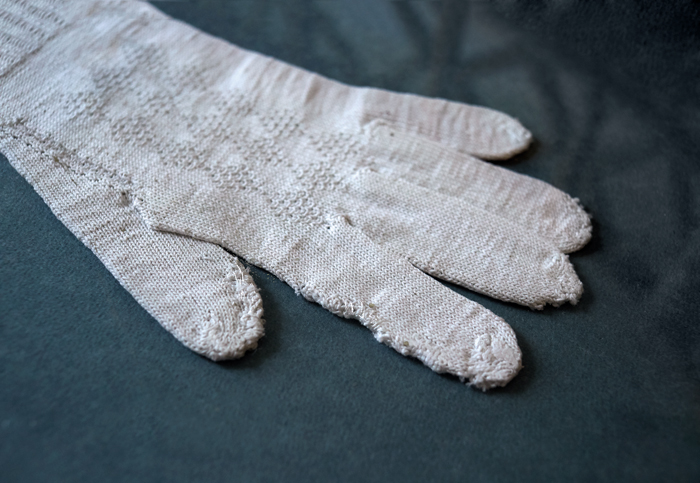
After the revolution, the duchess refused to leave Russia and stayed there working in the Martha and Mary Convent by helping people. The Bolsheviks came for her on the third day after Easter in 1918. She was in a hurry — she was given only half an hour for packing up, and she also had to give final instructions to the sisters of the convent. Patriarch Tikhon tried to get her released, but without success. She, along with other representatives of the Romanov’s house, was dropped into the mine, where everyone died from wounds and famine. The body of the holy duchess was found and then buried in Jerusalem in accordance with her will.
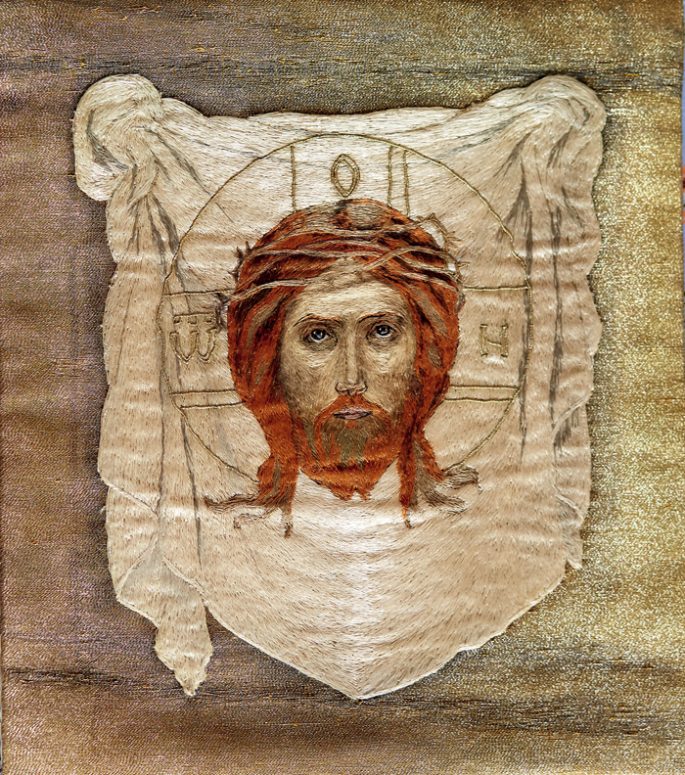
The duchess did not like idle rest and devoted any free time to work, including embroidering with gold on fabric. The icon “Savior, Not Made by Hand” is embroidered by the Grand Duchess personally.
Prepared by Kirill Baglay and Anastasia Spirina
Originally published by FOMA Magazine
Translated by The Catalog of Good Deeds

